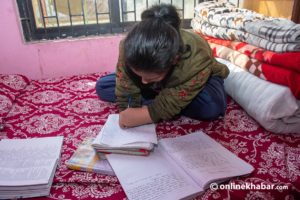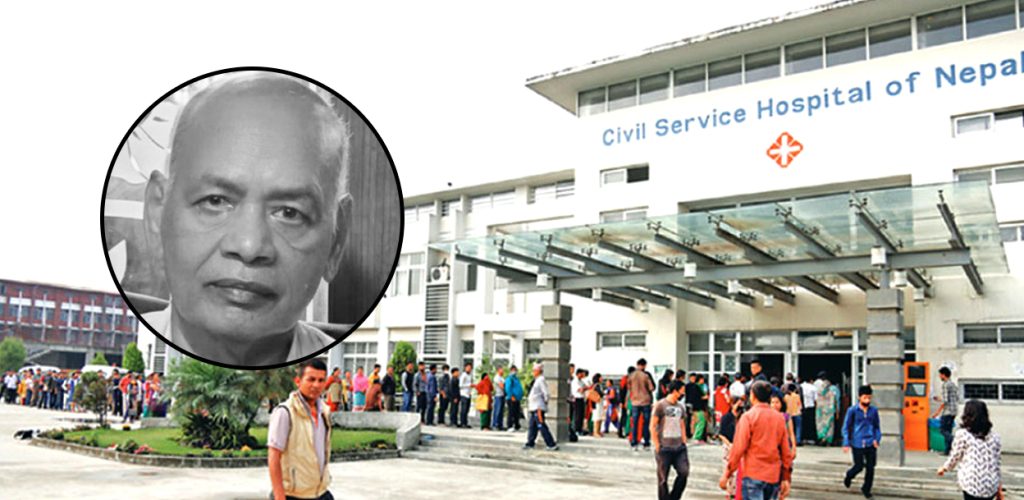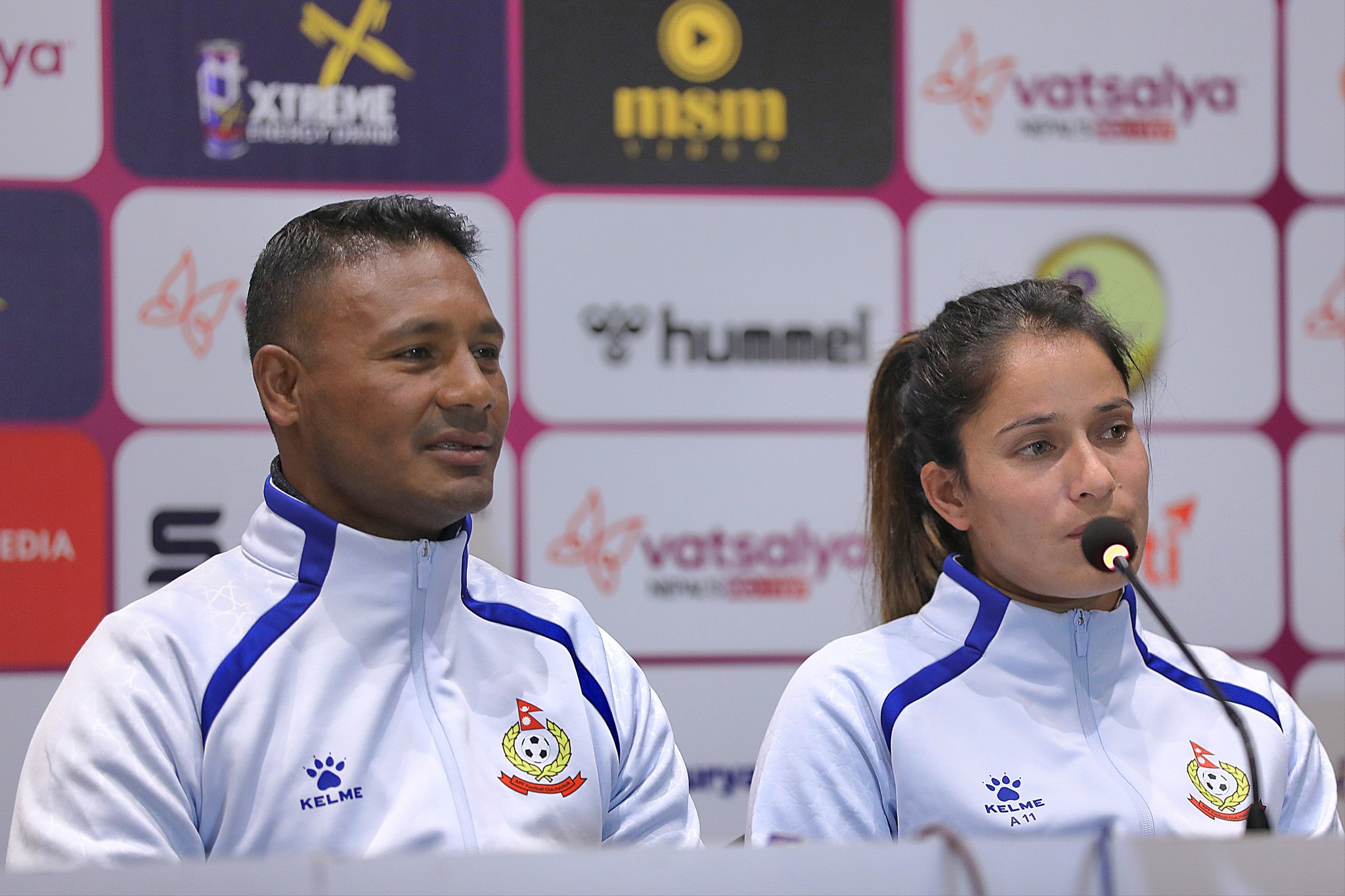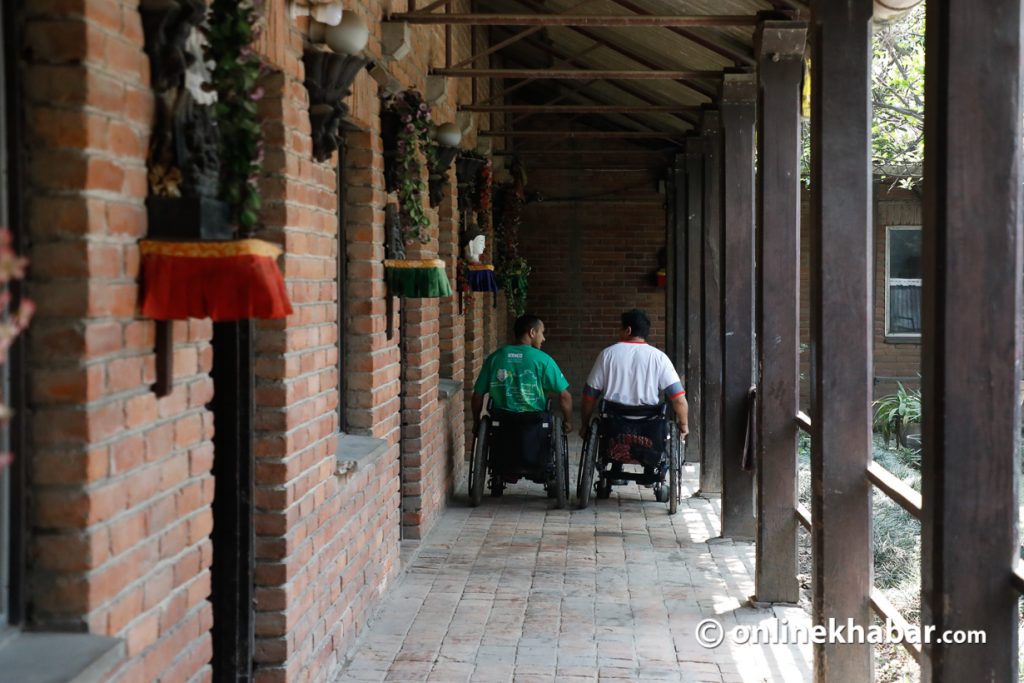
Nepal, a land of rich cultural heritage and breathtaking landscapes, is home to a diverse population that includes individuals with disabilities as well. Despite the country’s progress in various sectors, the situation of persons with disabilities in Nepal remains complex and multifaceted.
So what are the challenges and opportunities faced by individuals with disabilities in Nepal and what is the unique disability culture in Nepal?
Disability culture in Nepal
Nepal’s disability culture is a tapestry woven with threads of resilience, determination, and diverse perspectives. While the experience of disability varies from person to person, certain commonalities have given rise to a distinct disability culture.
Traditional beliefs, values and practices have contributed to shaping the attitudes and perceptions towards disabilities. Historically, disabilities were often seen through a religious or spiritual lens, with some individuals being revered as divine beings and others marginalised due to superstitions.
However, Nepal’s disability culture has evolved with the advent of modern education, exposure to global perspectives and efforts by disability advocacy groups. People with disabilities are now asserting their rights and demanding equal opportunities, challenging societal norms and stereotypes.
This shift is fostering a sense of empowerment and solidarity among individuals with disabilities, leading to a stronger and more vibrant disability culture.
Challenges faced by persons with disabilities

Despite the changing disability culture, persons with disabilities in Nepal confront numerous challenges that hinder their full integration into society.
One of the most pressing issues is the lack of accessibility and infrastructural barriers such as inaccessible buildings, public transportation and inadequate facilities. These things pose significant obstacles for individuals with mobility impairments. This limits their ability to participate fully in education, employment and social activities.
Moreover, the prevailing stigma surrounding disabilities often results in exclusion and discrimination. Deep-seated societal attitudes perpetuate misconceptions and negative stereotypes, leading to limited opportunities for personal and professional growth. Many individuals with disabilities face barriers to accessing quality healthcare, education, and employment, further perpetuating a cycle of disadvantage.
The situation of education and employment
Education is a cornerstone of empowerment and social inclusion, yet children with disabilities in Nepal encounter hurdles in accessing quality education. Inadequate resources, lack of trained teachers and inaccessible school environments prevent many children with disabilities from receiving a proper education. This contributes to a lower literacy rate among this demographic and restricts their future prospects.
Similarly, employment opportunities for persons with disabilities are limited. Prejudices and misconceptions held by employers often result in discrimination during the hiring process. Many individuals with disabilities are relegated to low-paying jobs or are entirely excluded from the workforce, preventing them from achieving economic independence and contributing fully to society.
Efforts and opportunities
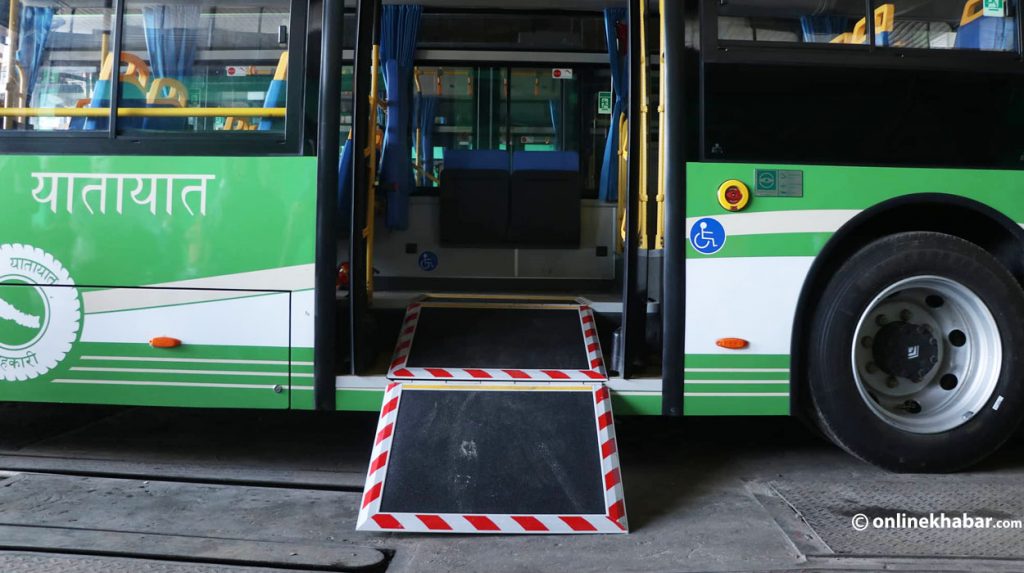
Despite these challenges, Nepal has taken significant steps to address the situation of persons with disabilities. The government has ratified the United Nations Convention on the Rights of Persons with Disabilities (UNCRPD), signalling its commitment to ensuring the rights and inclusion of individuals with disabilities. Various organisations and NGOs are also working tirelessly to promote awareness, provide support services, and advocate for policy changes.
In recent years, initiatives aimed at creating inclusive environments have gained momentum. Some schools have started implementing accessible infrastructure and inclusive teaching methods, allowing children with disabilities to learn alongside their peers.
Additionally, advocacy efforts have led to improving accessibility in public spaces and transportation, enhancing the mobility and independence of persons with disabilities.
Nepal’s disability culture is a dynamic tapestry woven with both challenges and opportunities. While traditional beliefs and societal attitudes have historically influenced the perception of disabilities, a changing landscape is gradually fostering a more inclusive and empowering environment.
However, much work remains to be done to dismantle barriers, challenge stereotypes, and ensure equal rights and opportunities for all individuals, regardless of their abilities. By embracing diversity and working collaboratively, Nepal can create a society where persons with disabilities can thrive, contribute, and be valued as integral members of the community.





